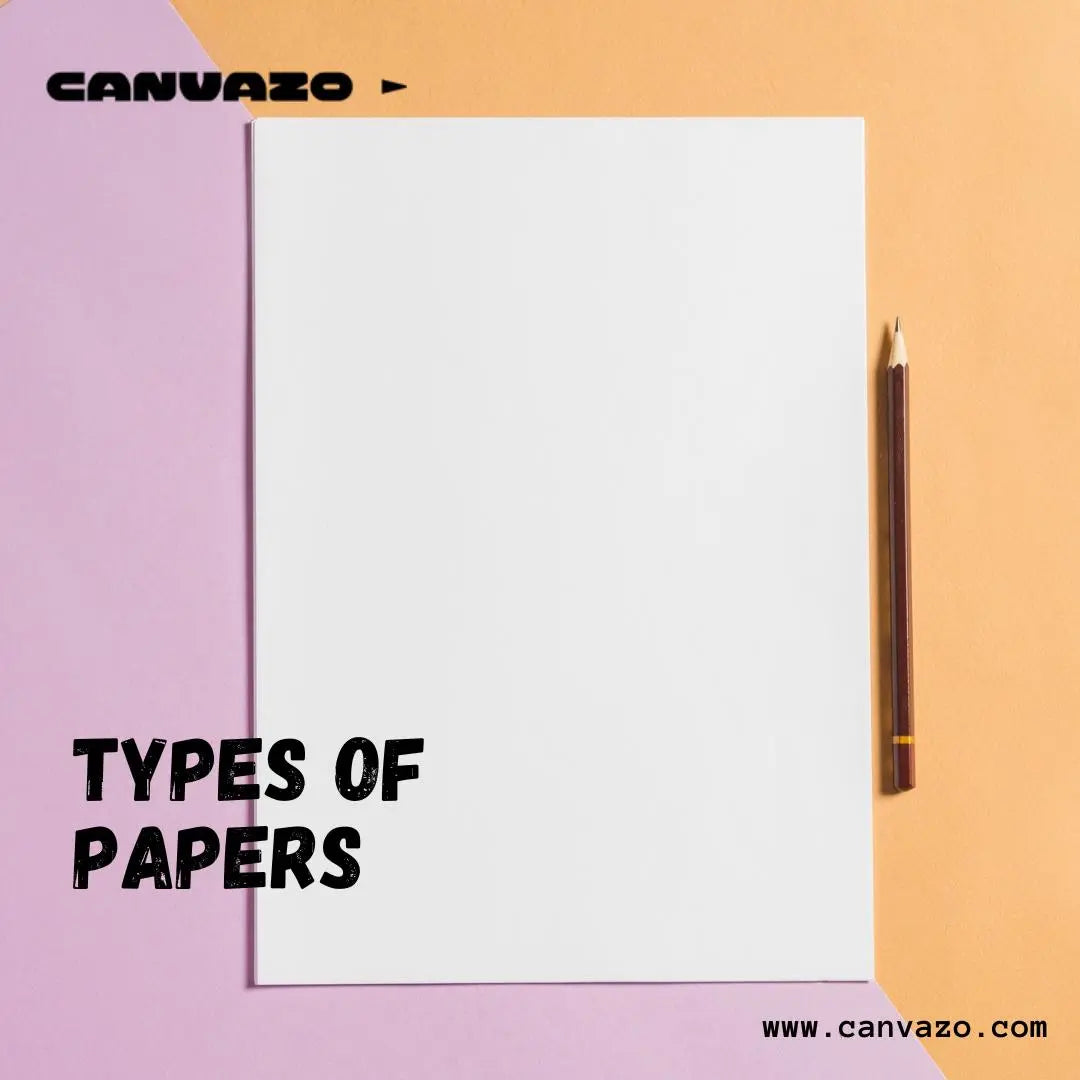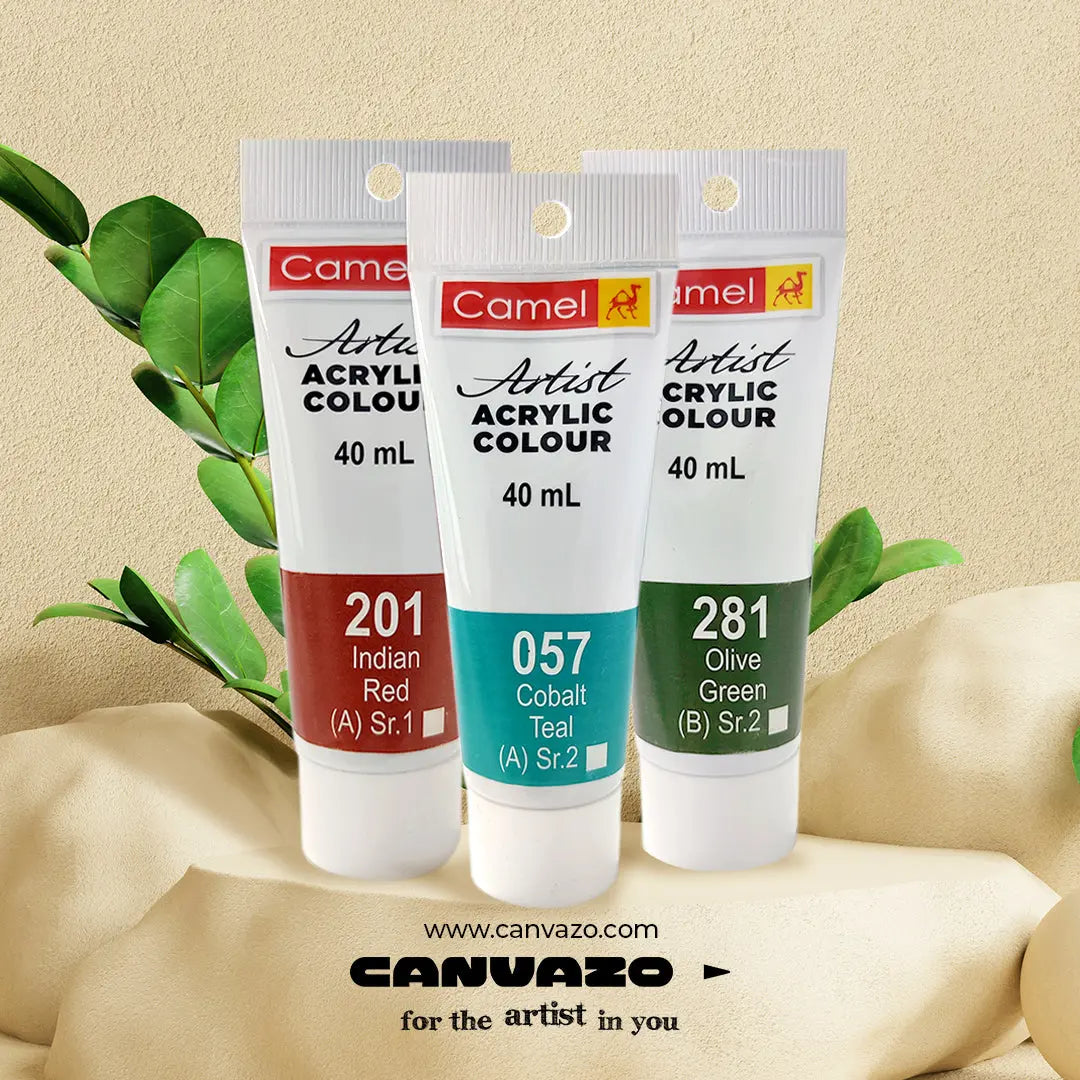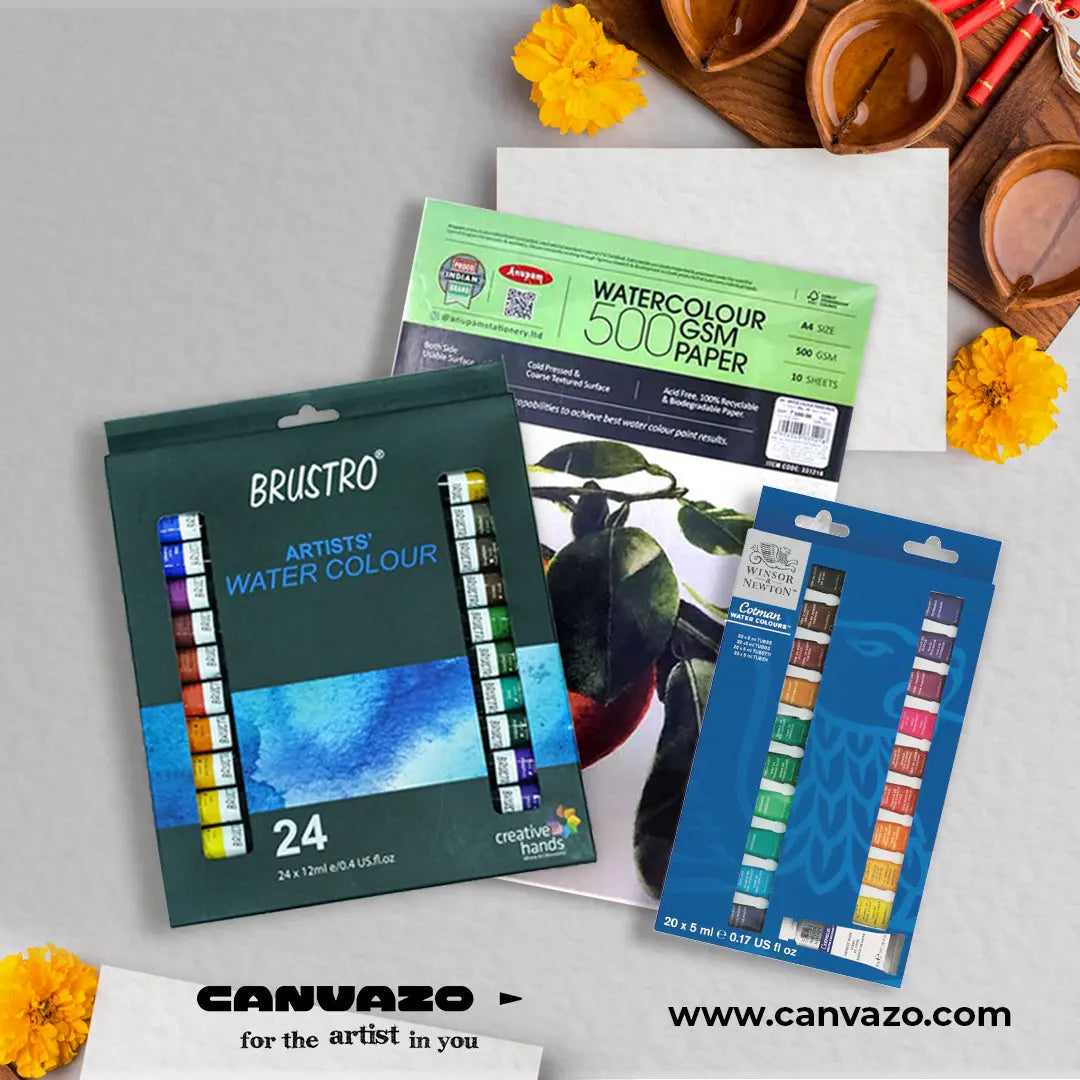If you walk into an art supply shop searching for papers, you might become overwhelmed by various brands, varieties, textures, weights, and other available characteristics. Why is there a large variety of sheet types? How does the paper be chosen for the project? The best form of your project depends on a variety of criteria. Let me assist you in making the selection of papers less mysterious.
First, you must remember several concepts when selecting paper for any job. Your artwork should endure for a very long time without decaying. This is a crucial consideration, so be sure you use acid-free paper. In time, the non-acid-free paper might disintegrate or become yellow, impacting the picture. Calcium carbonate buffers alkaline paper, neutralizing the acid collected from the air or via normal aging processes. Except for newsprint, each of the fine art sheets is acid-free. Newsprint is a highly inexpensive paper that is solely used for practice. Consider additional aspects based on the task and the media you want to use.
A rough surface would be necessary, mainly if you intended to work in several layers. It is challenging to layer additional colours on the surface after the writer's surface teeth have been filled. This technique would be aided by selecting paper with the appropriate tooth and texture.
Let's look at the types of paper employed with each medium before going into more depth about them. This is among the most crucial elements to consider when selecting a paper. To guarantee the durability of your work, producers provide a paper compatible with various media. Always choose a paper based on their suggestions.
A listing of the paper kinds we produce is provided below, along with tips for media you may use with each type.
-
Newsprint
Only people learning to draw or artists wishing to draw their ideas would typically utilize this paper. Usually not acid-free, it tends to become yellow with time. On this sheet, markers, pencils, charcoal, & carbon, as well as drawing-coloured pencils, monochrome chalk, & oil pencils, function well. Many of the paintings of the great masters, including those by Michelangelo and Leonardo DaVinci, were done on this paper. Pencils with scarlet, sepia, & white hues are known as monochromes. Naturally, they were already using better, thicker paper.
-
Sketch
Drawing paper has a lower weight than sketching paper. It is generally used for sketching exercises, dry media explorations, and rapid sketches that will be utilized for whole works on heavier, superior paper. Artists often use this kind of paper to create their watercolour sketchbooks, which they preserve for future composition' reference. On sketching paper, coloured pencils, charcoal, graphite drawing chalkboards, monochromatic chalks, & oil pencils all perform well. Use a reed pen & graphite, and also utilize light ink.
Compared to sketching paper, drawing paper is thicker and of higher quality. Sketching and final work are often done using it. The best drawing media to employ include charcoal, graphite, soft pastels, oil pastels, markers, & pen, and ink. Exploring the several sketches using a pen & brown ink is fascinating.
-
Charcoal
Over a century has passed since the invention of charcoal paper. It has a distinct laid finish and is made of just cotton. It gives the artist fine-grained control over shade and is most effective when used with charcoal, sketching chalks, pastels, & graphite. Although this paper is highly lightweight and would receive little water, many artists have previously employed light splashes of ink, watercolour, and gouache. Formerly known as weaved paper, several papers produced in the past looked similar to this lay paper.
-
Pastel
The surface of pastel paper is distinctively pebbled solely on a single side and somewhat smooth on the other. The ideal media for pastel paper are pastels, charcoal, painting chalks, monochromes, & coloured pencils. Some painters even use thin watercolour paper as an underpainting. On the paper, several renowned painters worked.
-
Various Media
In the realm of paper, this document is a reasonably recent surface. The goal of manufacturers was to create a paper that could endure a variety of contemporary artistic mediums. With such a vellum sketching surface, the texture was made to have similar characteristics to watercolour. The list of acceptable materials is endless, but some examples include graphite, coloured pencil, markers, acrylic, watercolour, gouache, pen and ink, graphite, drawing chalks, colour blocking, pastels, fine liners, calligrapher inks, pen & ink. Many experts use this sheet to this day and like it.
-
Marker
The marker paper has a very flat finish and is heavyweight. The surface makes blending easier and prevents the markers from bleeding & feathering. Even though this paper is intended for markers, you may use graphite to sketch your composition on the page softly. Contrarily, coloured pencil markings do not wipe well when covered with the marker. Many artists also employ light-coloured pencil strokes. Several contemporary painters have become used to utilizing this comparatively recent kind of paper. The comic book art business extensively uses this paper.
-
Bristol
This is a trendy and adaptable paper used in many businesses and universities. To obtain stiffness and durability and create a sheet with two equal useable feel or top sides, two or even more sheets are glued together to form Bristol, a paper. Bristol paper has two main surface types: vellum & smooth (plate). For the pen & ink, brush, fine coloured pencil, and graphite, smooth Bristol works well. Airbrush, pastels, crayons, coloured pencils, & graphite are all excellent drawing media that work well.
-
Organize Bond
This paper is semi-opaque and is often used by calligraphers, architects, and many comic art practitioners. Chalk, coloured pencils, monochromatic pencils, graphite, and charcoal all work nicely on the paper. Completed design compositions or preliminary sketches are often utilized for it. Many artists like using it as a thin drawing sheet; some may also use it as graph paper.
Thus, you now know about the many sheets and the appropriate media for each kind. We hope you benefited from it and enjoyed the interesting facts and advice.
Have an imaginative day!



